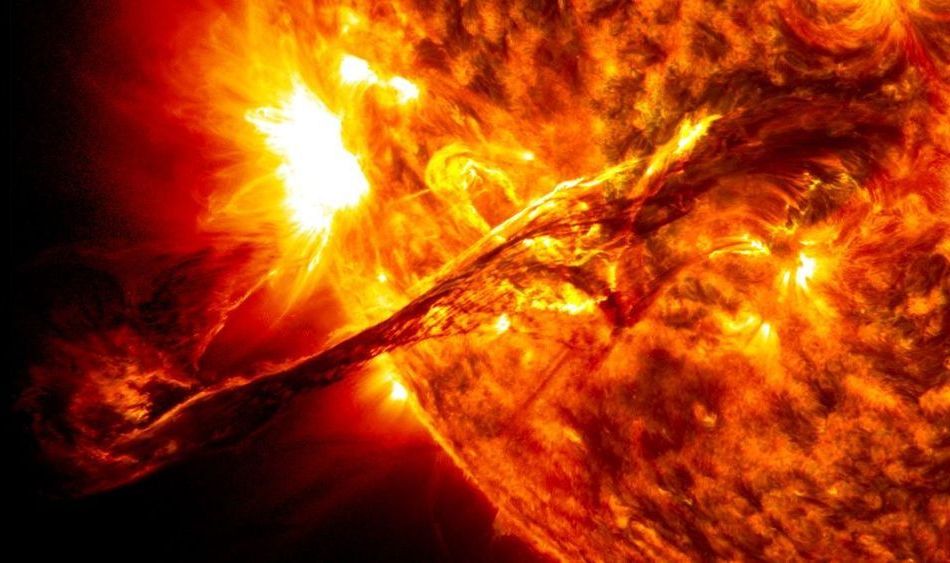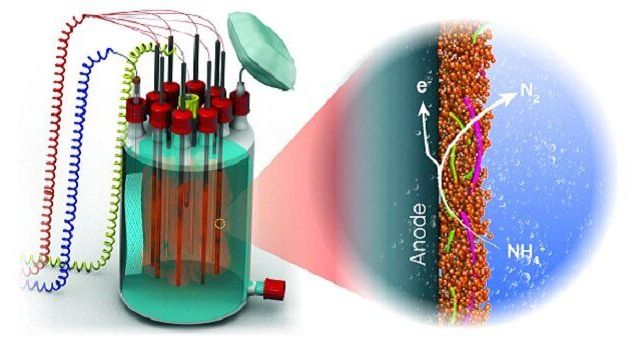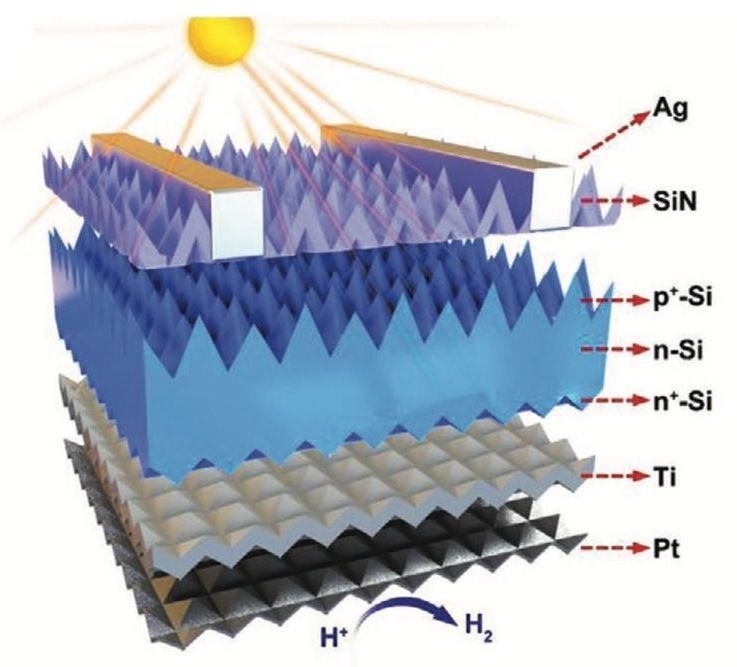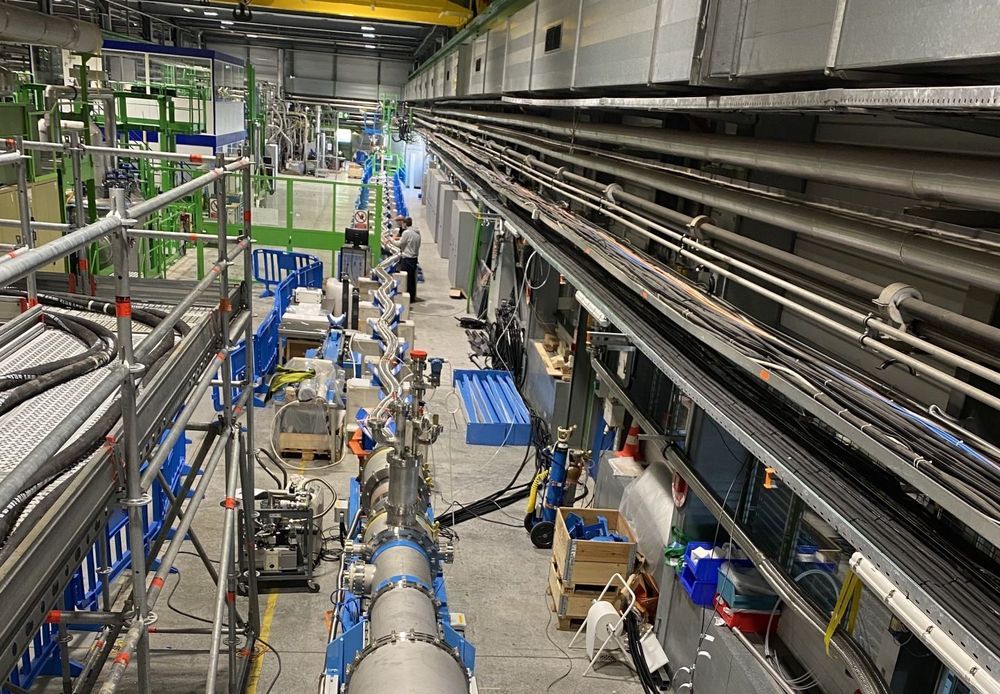BloombergNEF and Sustainable Energy for All have jointly published a report by the Mini-Grid Partnership proposing solar minigrids as a critical technology to bring electricity to the 789 million people who still lack access.



Satellite operators could be doing more harm than good by shutting down their systems whenever a coronal mass ejection (CME) from the Sun is forecast to arrive at Earth, UK researchers have suggested. Mathew Owens, Mike Lockwood and Luke Barnard at the University of Reading show that the speeds and magnetic field intensities of the bursts could be just as important to consider as their arrival times when deciding when to turn satellite systems off. If applied, their ideas could significantly improve the efficiency of many satellite operations.
Originating from the Sun’s dynamic surface, CMEs are high energy bursts of plasma that travel through interplanetary space, accompanied by strong magnetic fields. When they interact with Earth’s atmosphere, they can trigger solar storms that cause severe damage to satellite systems if they are operating at the time. To predict these disruptions, astronomers measure the speed at which CMEs travel through space to make accurate forecasts of when they will arrive at Earth.
Currently, many satellite operators adopt a “better safe than sorry” approach when responding to these forecasts. Whenever a CME is predicted to arrive, they will completely shut down their systems to avoid any damage. However, the Reading trio argue that these current early warning systems do not account for a simple yet crucial fact: while all solar storms are triggered by CMEs, not all CMEs cause in damaging events.



A type of anaerobic bacteria responsible for more than 50 percent of nitrogen loss from marine environments has been shown to use solid-state matter present outside their cells for respiration. The finding by KAUST researchers adds to knowledge of the global nitrogen cycle and has important energy-saving potential for wastewater treatment.
Living organisms use oxidation/reduction reactions to harvest the energy they need for survival. This involves the transfer of electrons from an electron donor to an electron acceptor with energy generation. In humans, electrons are released from the food we digest and accepted by soluble oxygen inside our cells. But in many bacteria, other strategies are used for oxidation/reduction, with different types of electron donors and acceptors.
Anammox are anaerobic bacteria found in oxygen-lacking marine and freshwater environments, such as sediments. They derive energy by using ammonium as their electron donor and intracellular soluble nitrite as the acceptor, with the release of nitrogen gas—or so scientists thought.

Packed with twin 450 hp outboard engines, the speedster is capable of cutting through the seas at a blistering 60 knots and its engine’s power-to-weight ratio represents the best in class. In fact, these motors tip the scale at just 705 lbs—some 300 lbs less than competing models—which gives the svelte vessel 40 percent more torque than its competitors.

Hydrogen’s impressive energy density offers some compelling advantages that could see it make a huge difference in the electric aviation and eVTOL sectors, as well as in renewable energy, where it’s a lightweight and transportable, if not particularly efficient, way to store clean energy that’s not necessarily generated where or when you need it. It’s also being pushed as a means of exporting green energy, and Japan and Korea in particular are investing heavily in the idea of a hydrogen energy economy powering everything from vehicles to homes and industry.
For this to come about in a globally positive way, it’s imperative that clean, green hydrogen production becomes cheaper, because right now, the easiest and cheapest ways to get yourself a tank full of hydrogen are things like steam reforming, which produces up to 12 times as much carbon dioxide as it does hydrogen by weight.
Green, renewable production methods are thus hot topics for researchers and industry, and a new breakthrough from scientists at the Australian National University (ANU) could make a significant contribution.

Intensity is rising at CERN. In the superconducting equipment testing hall, an innovative transmission line has set a new record for the transport of electricity. The link, which is 60 metres long, has transported a total of 54 000 amperes (54 kA, or 27 kA in either direction). “It is the most powerful electrical transmission line built and operated to date!” says Amalia Ballarino, the designer and project leader.
The line has been developed for the High-Luminosity LHC (HL-LHC), the accelerator that will succeed the Large Hadron Collider (LHC) and is scheduled to start up at the end of 2027. Links like this one will connect the HL-LHC’s magnets to the power converters that supply them.
The secret to the new line’s power can be summarised in one word: superconductivity.

